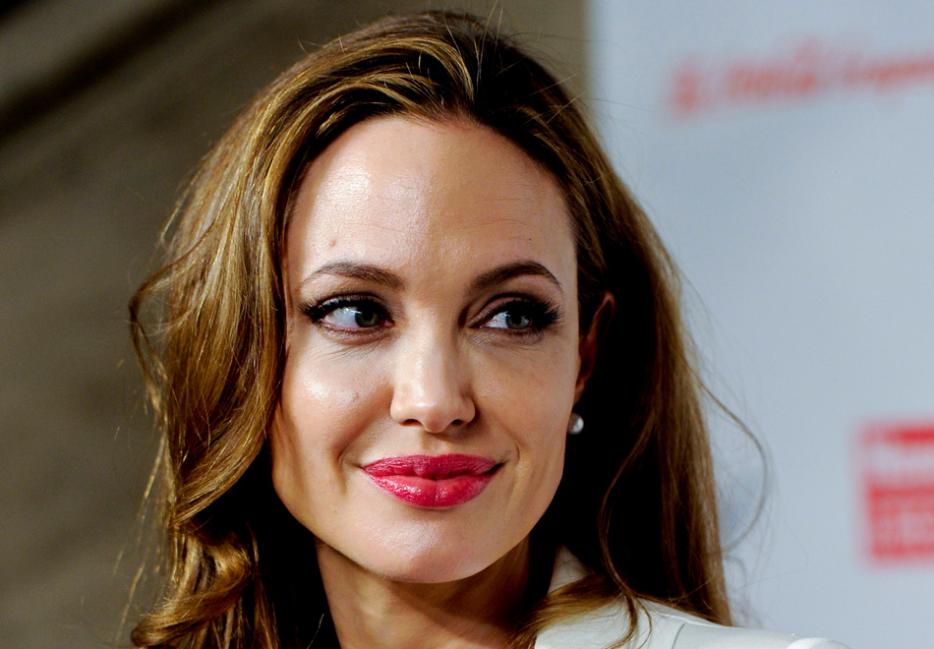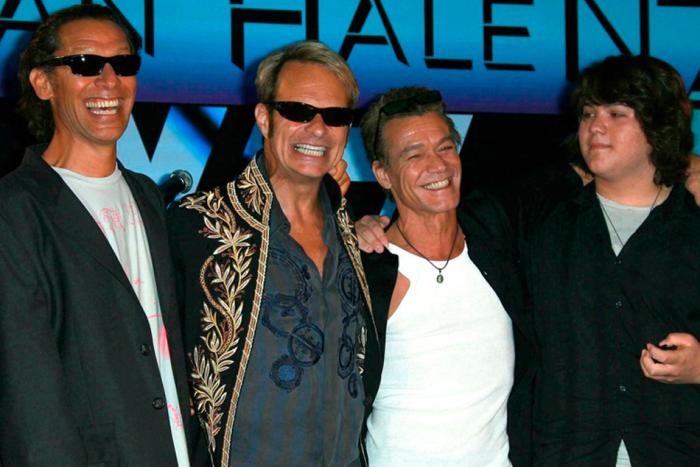On Tuesday morning, the New York Times published an essay by Angelina Jolie, where she bluntly described her decision to undergo a preventative double mastectomy. Jolie tested positive for a rare gene, BRAC1, which greatly increases the likelihood that the person with the gene will develop breast and/or ovarian cancer. In addition to making the decision to have the painful surgeries, Jolie also described her choice to publicly discuss her health. Shortly after her piece was published, there was a frenzy of media response pieces, many of which were directed at the distinctly angry public reaction to Jolie’s essay (measured imperfectly through comments, blog posts, and tweets). At Salon, Maria Konnikova made the excellent point that while Jolie was bringing a different kind of awareness to breast cancer prevention, under the current healthcare system in the states her actions and choices are not only widely unavailable to American women, but in fact the broader awareness of genetic testing for BRAC1 may harm some women in material ways. Here in Canada, each province has different levels of coverage (though all provinces cover testing for the BRAC1 and 2 genes, depending on a patient’s medical history), but more options are available to the average Canadian woman when considering her own health.
The day the piece was published, I sat down with Alicia Louise Merchant to talk about Angelina Jolie and the frustrating narratives imposed on woman with breast cancer or high levels of breast cancer risk. Alicia is presently co-writing a book on youth and cancer, which has led to her speaking to dozens of people across North America about their individual cancer experiences, and she is a tireless advocate for specialized cancer support and care. She has written on her blog about the danger of neat narratives of cancer, of the idea of “survivorship.” Alicia also recently wrote a heartbreaking essay for Little Brother Magazine (which, full disclosure, I founded and edit) about Tig Notaro, public cancer narratives, and her own experiences of living with an incurable form of ovarian cancer. She wore a cornflower blue oxford shirt, which enhanced the colour of her bright eyes as she looked at me across the table.
*
In your essay for Little Brother, you wrote about there being a breast cancer narrative, and how that narrative is neat and tidy compared to other experiences of cancer. Do you think Jolie’s preventative procedure, and it being a big, public deal, plays into that narrative?
No, I think it actually doesn’t, because she’s being pre-emptive about it, and she’s also dealing with very real numbers. So she knows her risk ahead of time, which a lot of women don’t know. I think she’s drawing attention to the fact that this breast cancer narrative is not neat and tidy, that the only way that she can reduce her risk of getting this cancer is to cut her breasts out should incense people. It’s absolutely insane that in the 21st century we still have to resort to the same tactics we would have to treat the disease a hundred years ago.
Yes, absolutely. Though from her essay, it sounds as though Jolie’s experience was pretty ideal. I know that it’s not uncommon, especially for a double mastectomy, for there to be a greater degree of complication. It’s an intensive surgery.
Yes, but you have to keep in mind that most women who are going through double mastectomy are doing so because they’ve already had a cancer diagnosis. They’re having things like lymph nodes removed, or the cancer may have spread into the chest wall. Basically, it’s like Angelina Jolie looked at her situation and thought, I could have the mastectomy now, or in five years because I have to.
What do you think about her intentional inclusion about the procedure in no way minimizing her femininity?
That’s a tricky one. I think that’s a statement she’s directing more towards women and more towards women who have actually had breast cancer, because it is a really recurrent theme. It often comes up, a lot of woman who have gone through breast cancer will have said at some point that it affected their femininity, or affected how they see themselves as a woman. I mean, not everyone, but it’s part of that narrative. Going through a time where you feel desexed. So I think it’s empowering of Jolie to stand up and say something else. I think she’s addressing something that a lot of women might fear, and maybe don’t articulate.
I know that as part of your work, you talk to people with cancer in both Canada and the US. Watching various reactions surface from that piece, I noticed that a lot of people in America were talking about Jolie as being very privileged, because her wealth enabled her to get the expensive testing and surgeries. She remarked that the test for the BRAC1 gene cost her $3,000, whereas in Ontario, the test is covered by OHIP.
She’s definitely brought up the discussion of there being a hierarchy of health care in the United States. It’s not just that she had the money to have this expensive test done, she also had the money to have a preventative mastectomy and then have reconstruction done. Most American health insurance won’t cover preventative mastectomy. You have to wait until you get sick before they’ll allow you to have the procedure.
What I thought was really interesting was the sense of anger in the public’s reception of this piece. Commenters seemed so angry with her, saying how she should have used that money to help other women. It’s as though, now that she’s made this decision, and she’s in a position to do it and afford the procedures, it’s suddenly her responsibility to take care of all these women. There’s so much misplaced anger; instead of people questioning why this isn’t an option for them, they question why she made this decision when they can’t make it.
In Canada, every province has its own rules and levels of coverage for preventative mastectomy and reconstruction. You’d have to be at risk before getting the BRCA gene tested for, but everything is a lot more available to us. I hope that something comes out of this—not necessarily from Angelina Jolie—addressing the fact that there is a major divide in who has care access in the United States, and this divide is actually affecting who gets to live and who doesn’t.
Sometimes when celebrities have illnesses, and they choose to bring the public into that, it gets one relatively uniform kind of response. When Tig Notaro announced her breast cancer, for example, there was a very different response than what Angelina Jolie is receiving. Jolie, of course, is not sick.
I think her not being sick plays a big role in this. Think about Kylie Minogue, or any number of women who have been in the spotlight who have had breast cancer. They’ve been basically embraced and supported by, well, the world. I think one of the reasons why feelings are running high about this is because it does highlight that disparity in access to health care. And there’s also this idea that the public has ownership over women’s bodies—that she’s done something and she didn’t get permission for it, as if she should of waited until she got sick. (Which is also, I think, the mindset of a lot Americans. You don’t see a doctor, you don’t do anything until you get sick; preventative healthcare is not a big thing there, because most people can’t afford it.)
It’s funny—she’s doing more to raise awareness, and the kind of awareness that needs to be raised around breast cancer than any pink ribbon campaign. And she’s revealing the truth, she’s breaking free from the narrative, and it makes people unhappy. It doesn’t tie into this story of you get sick, you get treatment, you get better. She’s saying, well, I’m not going to get sick, I’m going to do something about this, and then I’m going to tell you what I had to do. She’s still not out of the woods, she still has a high risk of ovarian cancer—I don’t know if she’s going to have her ovaries and fallopian tubes similarly removed, and she still has a risk of developing breast cancer. It’s just more like the average woman’s. But this doesn’t fit in the narrative.
What do you mean about the “right kind of awareness”?
Breast cancer is messy. There are really difficult decisions that have to be made. It requires cutting your breasts out and having spacers put in your chest for three months, and bruising your nipples so you can save them. She’s also talking about why her risk is so high, and the fact that you can find out if you have that risk through a simple blood test. Never mind that it’s $3,000, it doesn’t have to be $3,000, that’s just the number that’s been placed on it by whoever decided to run these tests. So she’s raising real awareness about those factors, [about] who gets access to what care and when, what does it cost, what does it mean to actually prevent breast cancer. That’s what most awareness is: let’s prevent breast cancer. Well, when she shows you what preventing breast cancer looks like in her case, people are getting angry. People aren’t supposed to actually talk about boobs, and the breast cancer campaigns have always been about saving healthy boobs, and in people’s minds her breasts were still in the healthy category. I read literally dozens of comments where people were asking, Why would she maim herself? Why would she remove a healthy body part? She probably would’ve developed cancer; her risk was 85%. And she was able to reduce that risk by 80%!
Seriously.
It’s amazing. There would have been far less outrage if she “got her boobs done.” And she could have said that, she could have copped to getting implants and not said anything about the health reasons behind it. I can’t help but feel that she was making a point in including the cost of these tests in her op-ed. She could have glossed over that, but I think that she wanted to highlight the fact that it’s a matter of access based on finances and insurance. It’s mind-blowing how many people seem to be angry at Angelina Jolie for having the money, instead of being angry at their government, or the pharmaceutical companies, or the corporations that pollute our environment with carcinogens. But it’s easier to focus on this one person.
Unlike the pink ribbon campaign, which to me is kind of consumerist and fluffy, this is one woman who was very direct about making decisions.
At this point we know breast cancer exists, and I think she brought something visceral to the idea of breast cancer and breast cancer prevention. It’s still overlooked when it’s not pretty, not tied up in a neat bow.






